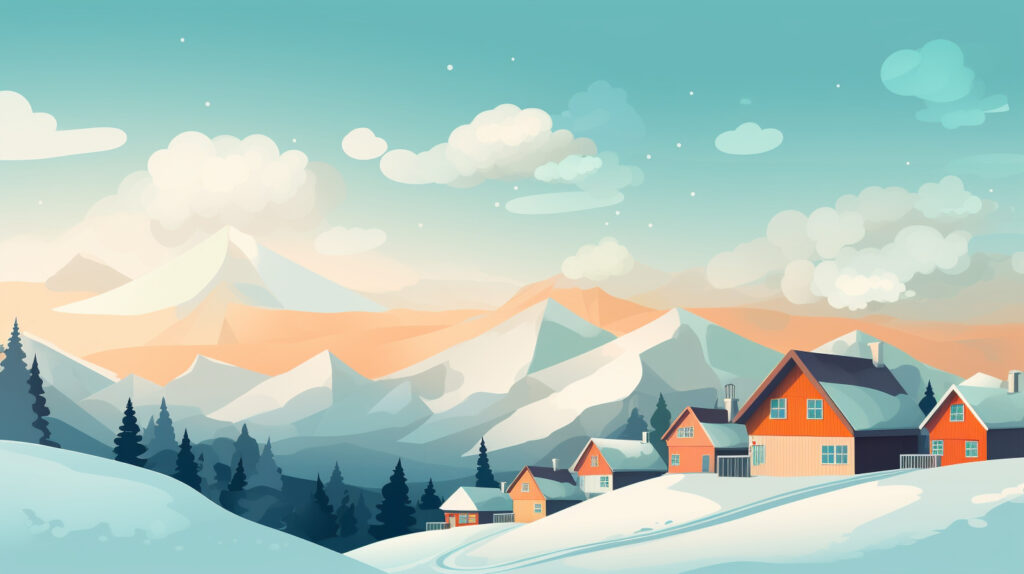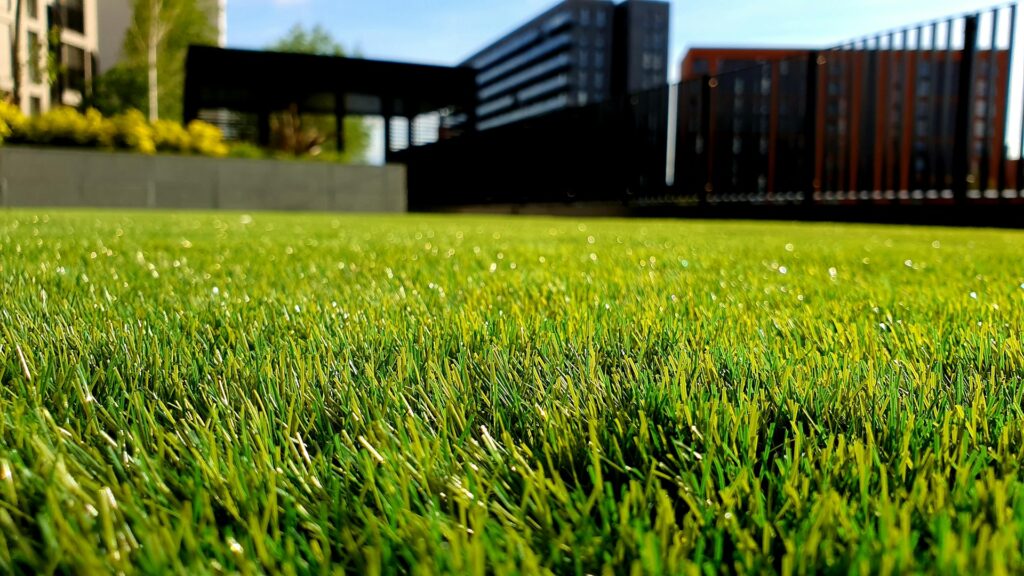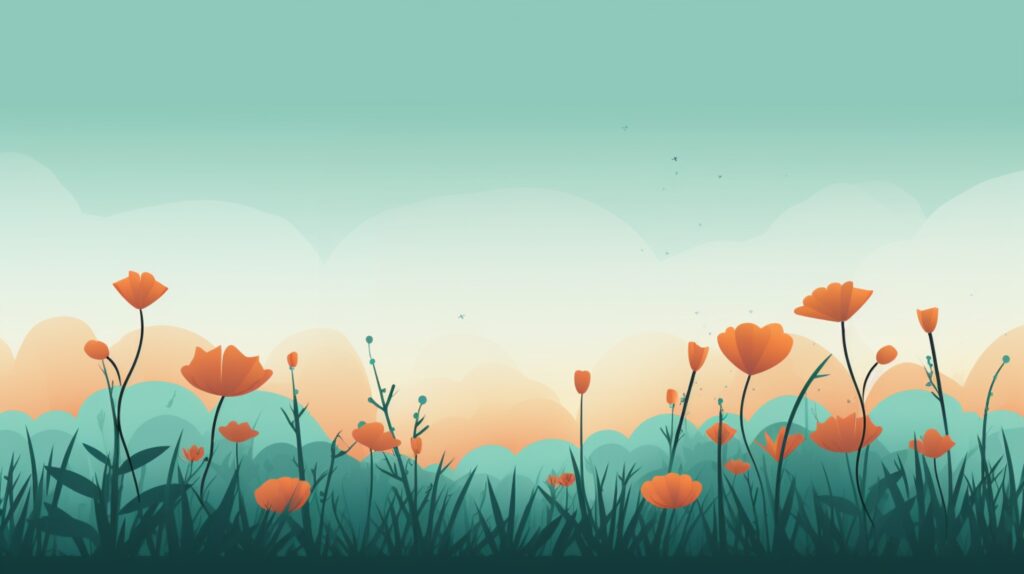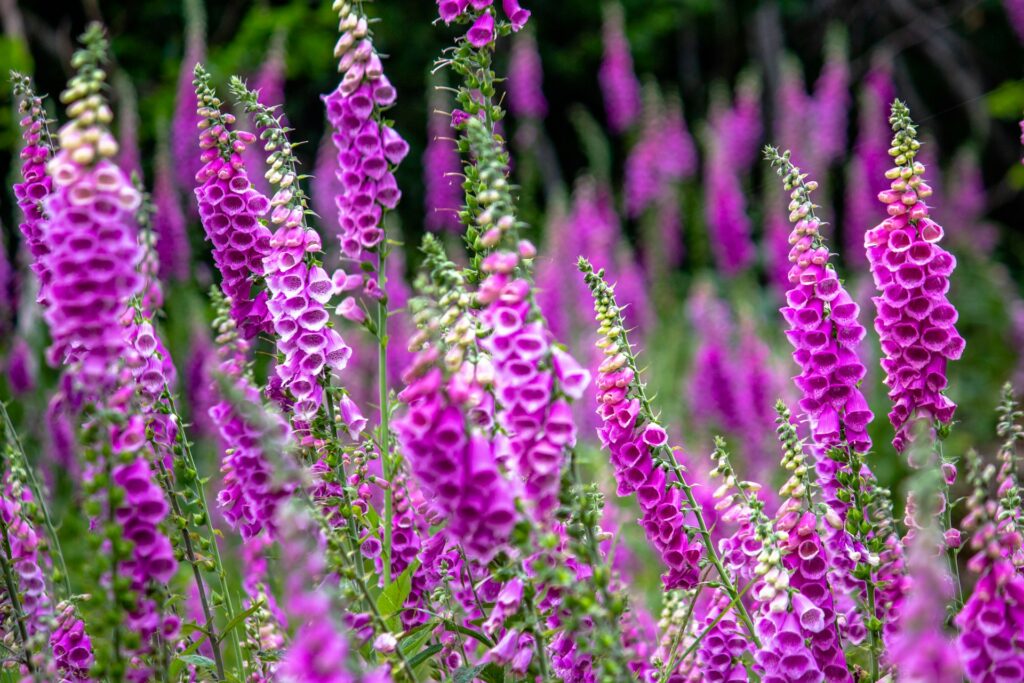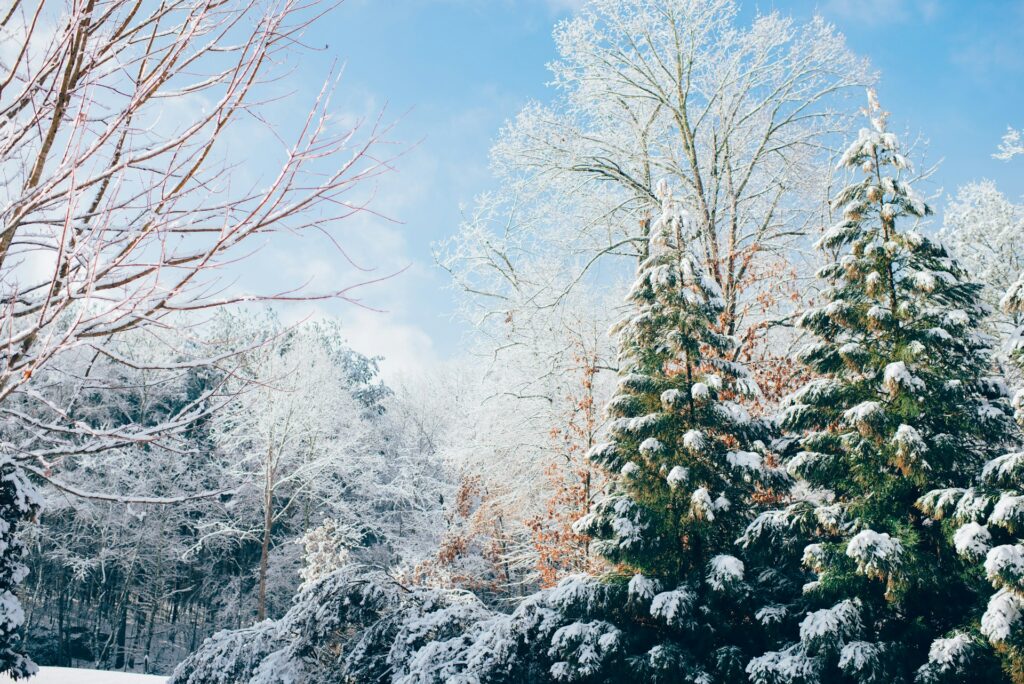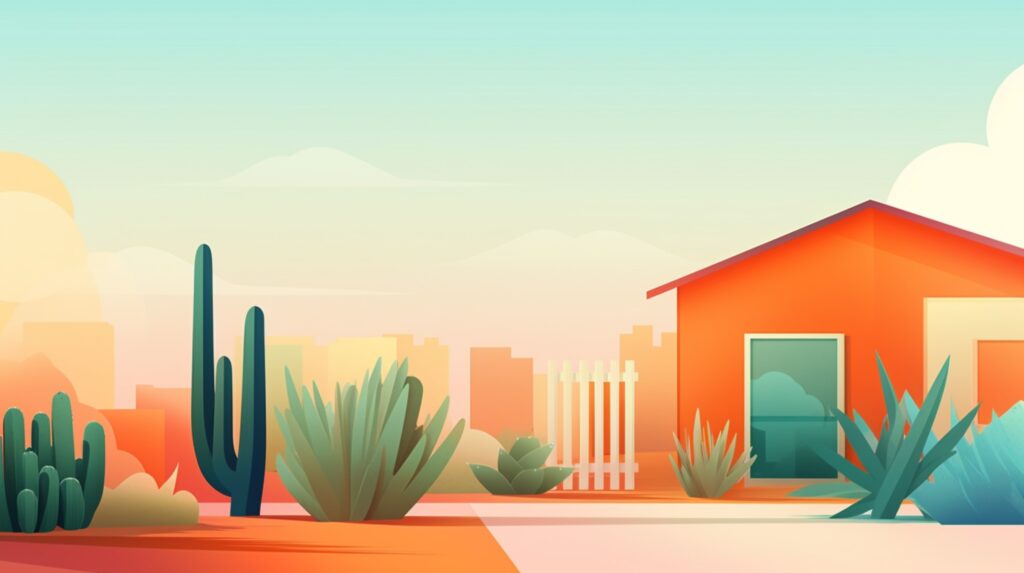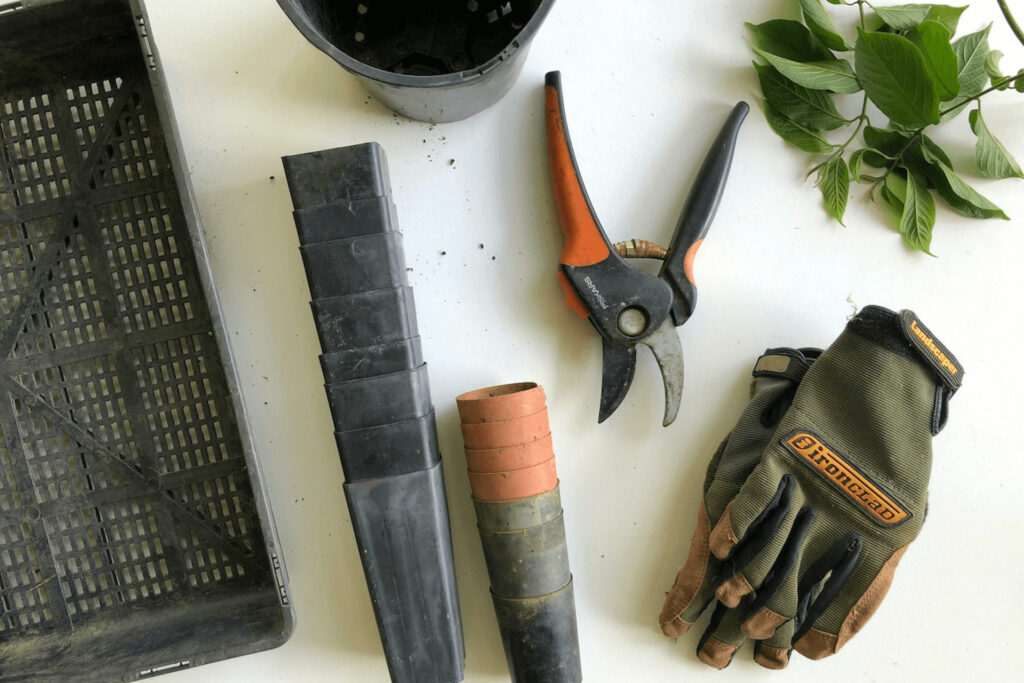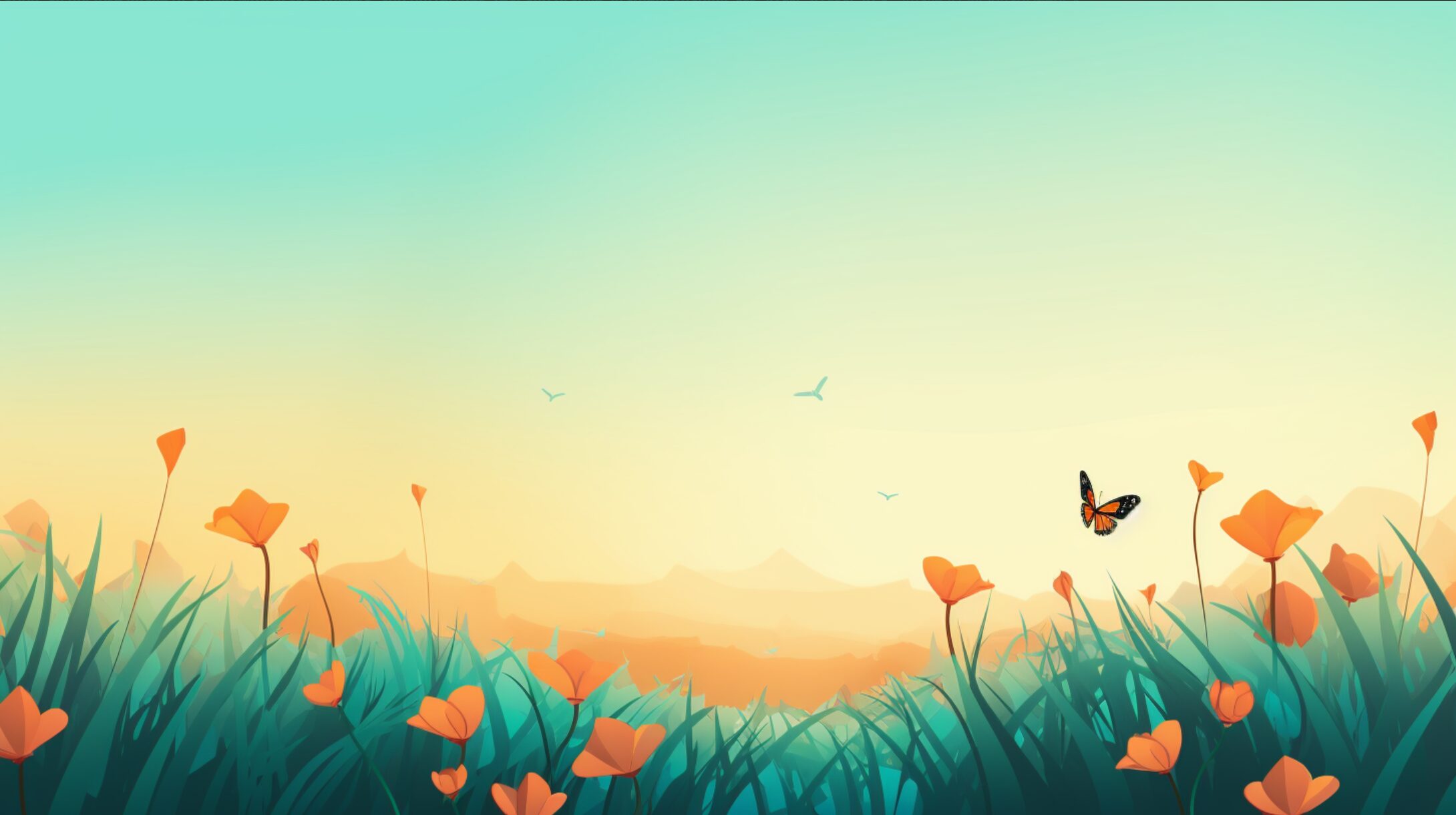
We are reader-supported. When you buy through links on our site, we may earn an affiliate commission.
Landscaping is one of those tasks that most people accomplish in the spring, especially for those who want to maintain or increase their curb appeal. Many homeowners may hire a professional landscaper to re-mulch, dig up weeds and plant new vegetation every year. Others may try to do all of the landscaping on their own. It takes a lot of time and effort in order to get that perfect look, and once the winter hits, your efforts are buried in the snow.
What if there was a way to landscape where you didn’t have to plant new vegetation every year or worry about your work going to waste? Well, there is — and it’s called native landscaping. There are several native plants that will make your landscaping pop with color and vibrance.
Native Landscaping
What does it mean to landscape with native vegetation? For plants to be native, it means that they are naturally part of the ecosystem. They have evolved over many years to ensure that they can survive the environment and the climate. For example, only the plants found in America before the European settlers came are native.
Native plants have adapted to their surroundings, so it doesn’t take much to maintain them. Those who are living more sustainable lifestyles tend to use native plants as their primary landscaping materials so as to not disturb the ecosystem.
Benefits of Native Landscaping
There are many benefits to native landscaping. Below are some of those benefits:
1. Maintenance Is a Breeze
Native plants are native to the climate, soil and anything else surrounding them. That makes them much easier to maintain than nonnative plants. If weeds pop up, the native plants will naturally spread out to ensure the weeds don’t take over. That means you won’t have to worry about pulling weeds every week. Additionally, native plants keep the soil rich and full of nutrients, providing healthy soil for your other vegetation in your landscaping.
2. You’ll Save Money and Water
This goes along with maintenance, but since you won’t have to work as much upkeeping native landscaping, you’ll actually save money and conserve water. Native plants are often highly drought-resistant. During those drier weeks in the summer with little rainfall, your vegetation will still be looking lush and green, unlike other plants that may lose their color. Native plants are great at holding in water, so your water bills will be significantly lower!
3. They Won’t Take Over Your Yard
Native plants won’t take over your yard like invasive plants do. If you were to plant an invasive species, it would soon grow everywhere throughout your land, quickly taking over and potentially killing other vegetation. However, native species won’t do that. More native plants and no invasive plants mean you will be able to do whatever you want with the space you have on your property.
4. Native Plants Help Restore the Natural Habitat
One of the many benefits of native plants is that they help restore the natural ecosystem. Native plants have been growing in your region for many years, building up resistance and generating healthier soils. Plus, they help attract beneficial insects and other animals. They help provide a natural food source for birds and animals and attract bees and bugs for increased pollination.
Tips for Getting Started
Turning your landscaping into a native plant paradise is one of the best moves you can make for your home. If you’re ready to tackle your landscaping and add in some native vegetation, read the following tips to help you get started.
- Remove Invasive Plants: If you don’t remove invasive plants, they will quickly take over. You don’t want to spend time planting native species just for them to be overwhelmed by invasives.
- Know Your Soil: All soils are different. Some might be more acidic than others, or some might have a clay-like texture. Make sure the plants you purchase for your landscaping can grow well in your soil type.
- Grow What Already Grows: Take a look around your home. Are there native plants already growing there? If so, plant those for your landscaping because you know they’ll succeed.
- Purchase Natives From a Nursery: Do not remove native plants from the wild! It’s sort of like shoplifting if you do that. Instead, purchase them from a nursery.
- Avoid Fertilizing: Native plants don’t really need any fertilizer to help them grow. If they’re native to your region, they’ll grow well and help restore your soil.
- Create Natural Elements: If you want to add any accessories or create a stone path, use materials from nature rather than synthetic elements.
With these tips, you’ll be well on your way to a landscape full of native plants!
Out With the Old, In With the Native
Native landscaping will surely make way for less maintenance, lower upkeep costs and a yard full of lush plants. Revamp your landscaping this spring by adding some native plants.


